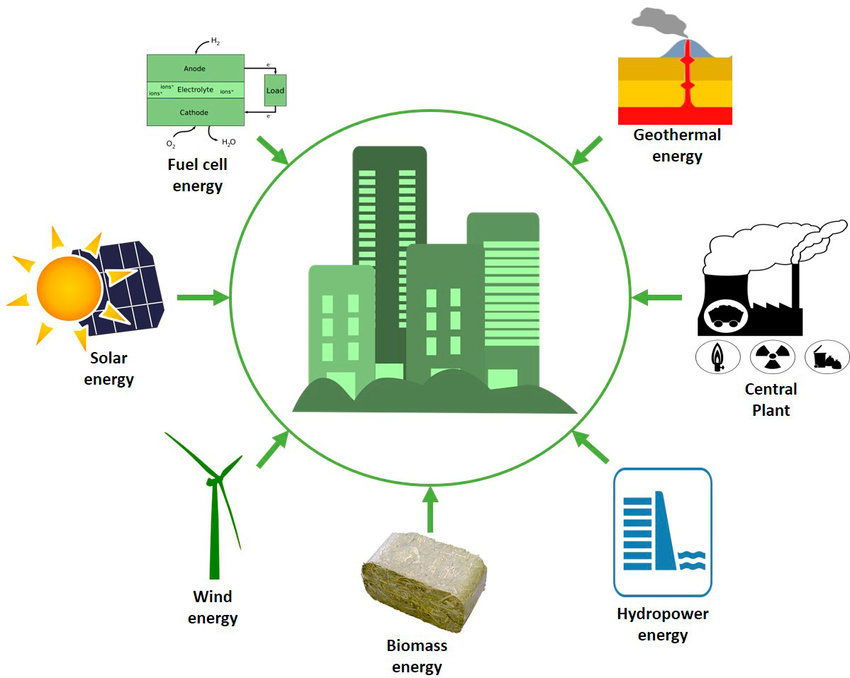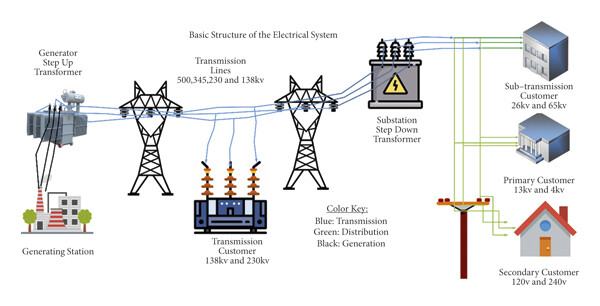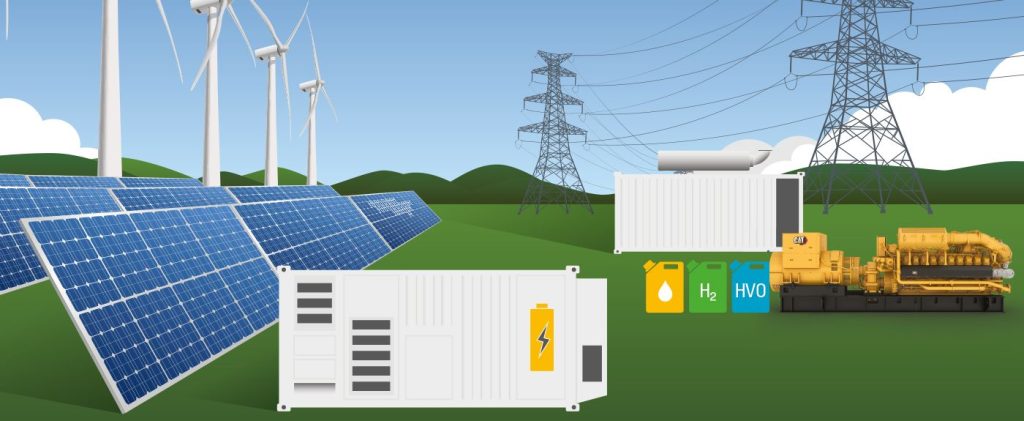
Products
Fast, Reliable, Everywhere

Solutions
Efficient, Innovative EV Charging Solutions.
News
We are committed to the innovation and application of EV charging.
A distributed power system (DPS) refers to electricity generation at or near the point of use, rather than centralized generation at large-scale power plants. Distributed power systems utilize various small-scale energy resources to enhance efficiency, reliability, and resilience of the power grid.

Several key technologies underpin distributed power systems, including:
Distributed power systems provide several distinct advantages:

Despite the numerous benefits, DPS also face several challenges:

Distributed power systems have been successfully implemented globally:
Emerging trends in distributed power systems include:

Distributed power systems are pivotal in transitioning towards a more efficient, reliable, and sustainable energy future. Embracing advancements in technology and addressing integration challenges will further amplify the role of distributed systems, providing substantial benefits to communities, businesses, and the environment alike.
